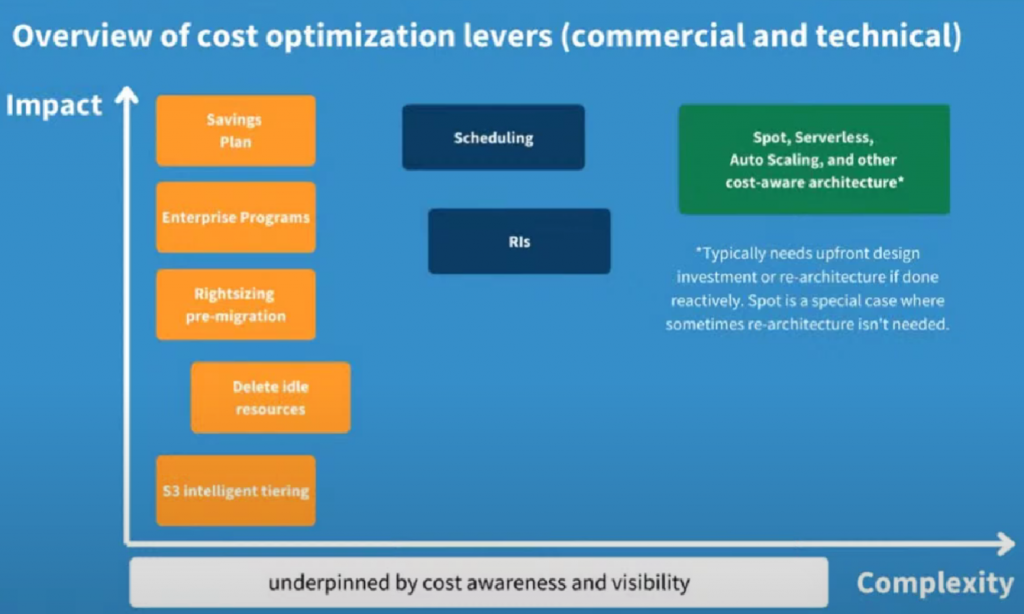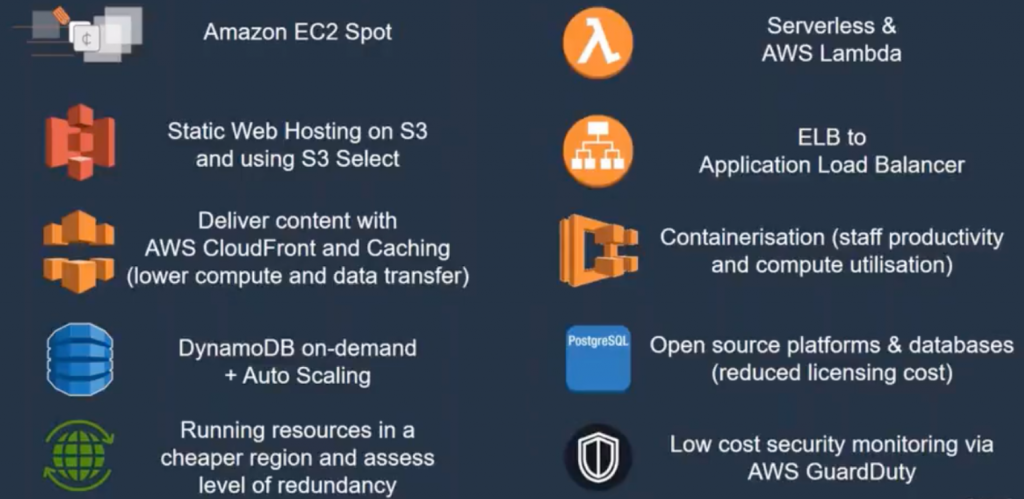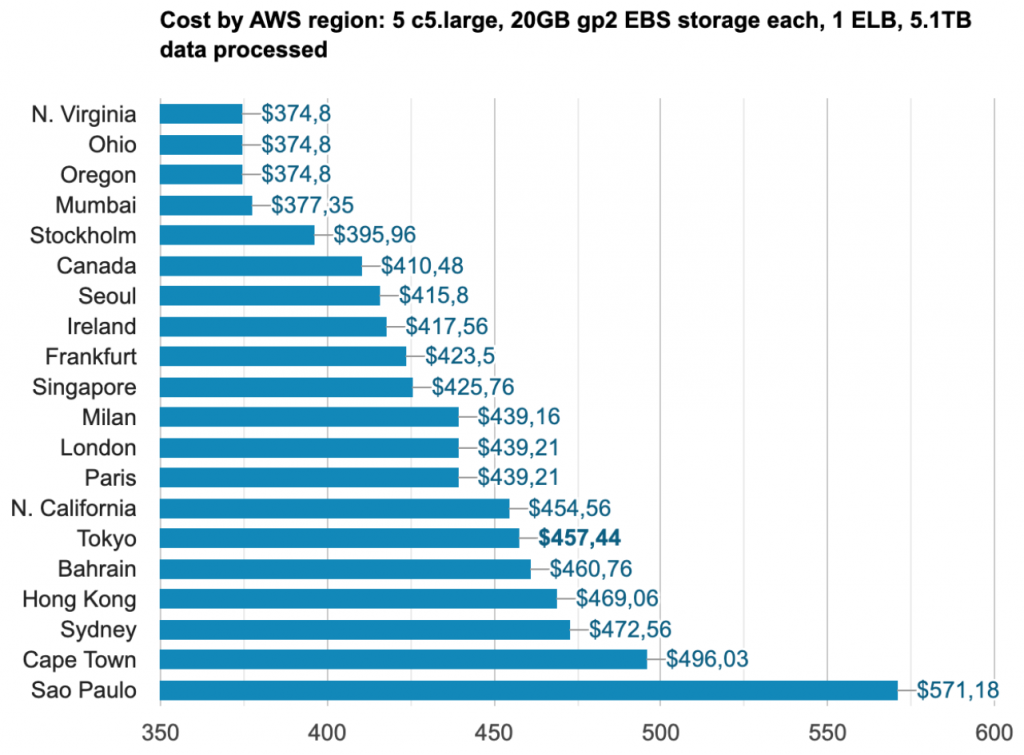- What is AWS cost optimization?
It is the process of reducing your AWS spending while maintaining or improving the efficiency and effectiveness of your applications and workloads.
- How can I identify areas for cost optimization in my AWS environment?
You can identify areas for cost optimization in your AWS environment by using AWS Cost Explorer, AWS Trusted Advisor and other third-party tools.
- AI SOLUTIONS
- Services
DevOps as a ServiceDevOps on autopilot
CTO as a ServiceStregthen your team
Software testingEnsure software quality
Discovery phasePlan your priduct from a to z
Cloud ServicesGeneral information about healthcare cloud services
Google Cloud ServicesEnsuring confidentiality when working with medical systems
AWS Cloud ServicesServices specially designed for the healthcare industry
Microsoft Cloud ServicesPlatform processing, analyzing and sharing medical data
- Industries
- About
- Blog
- Portfolio





